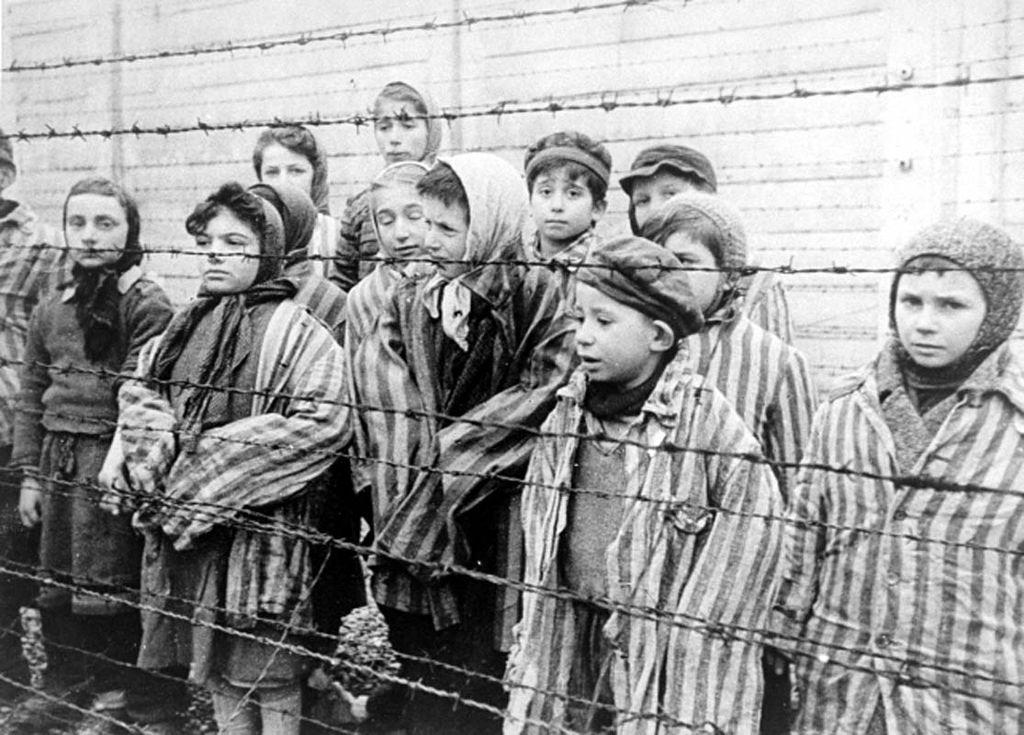Virtual reality Auschwitz is helping Germany catch the last Nazi war criminals

More than 70 years on from the Holocaust, German prosecutors have developed new technology aimed at catching the last remaining Nazi perpetrators.
Virtual reality is being employed to map out the Auschwitz concentration camps in annexed Poland, where at least 1.1 million prisoners died, around 90 percent of them Jewish.
The project was first initiated in an attempt to prosecute Johann Breyer, who was accused of complicity in the killing of 216,000 Hungarian Jews at the camp.
The 89-year-old, who lived in America, died in June 2014 before he could be extradited to face trial, and before an early version of the technology could be used in court.
A different, more advanced model was developed to convict former SS guard Reinhold Hanning in June this year of complicity in 170,000 murders at Auschwitz.
Jens Rommel, head of the federal office investigating Nazi war crimes, has said there are a “double-digit number” of suspects who are still alive and could face trial.
“It has often been the case that suspects say they worked at Auschwitz but didn’t really know what was going on,” he said.
“Legally, the question is about intent: must a suspect have known that people were being taken to the gas chambers or shot? This model is a very good and very modern tool for the investigation because it can help answer that question.”

Birkenau gate, the main entrance to Auschwitz II
MORE: Nazi-era coins, photos, Hitler’s book found in Poland
MORE: Woman Crowned ‘Miss Hitler 2016’ at Disturbing Neo-Nazi Pageant
The program has been created by digital imaging expert Ralf Breker, and allows investigators to ‘walk’ around the camp and determine whether or not suspects witnessed or carried out war crimes.
“To my knowledge, there is no more exact model of Auschwitz,” Breker said.
“It is much, much more precise than Google Earth,” he said. “We use the most modern VR goggles on the market. When I zoom in, I can see the smallest detail.”
“The advantage the model offers is that I get a better overview of the camp and can recreate the perspective of a suspect, for example in a watchtower,” he added.

 Yahoo News
Yahoo News 
